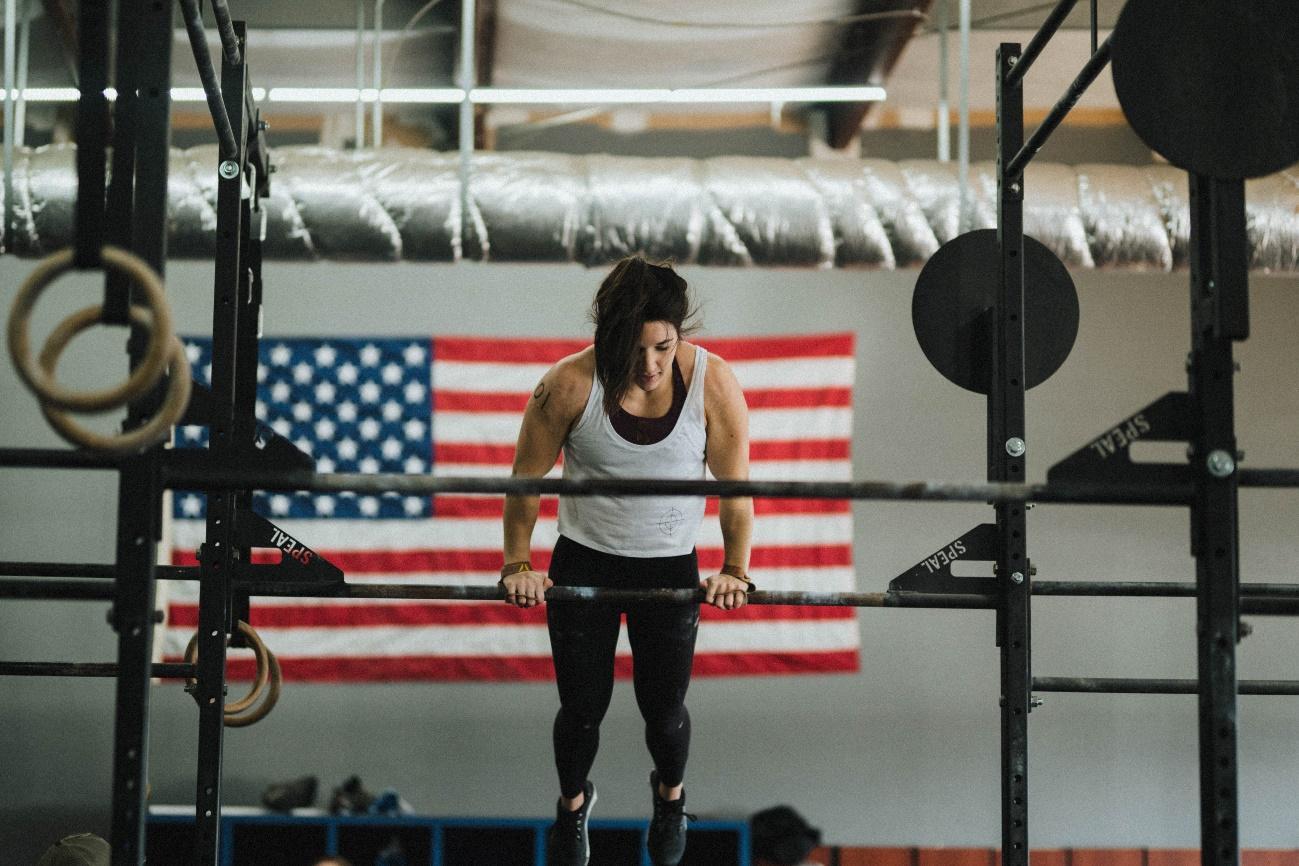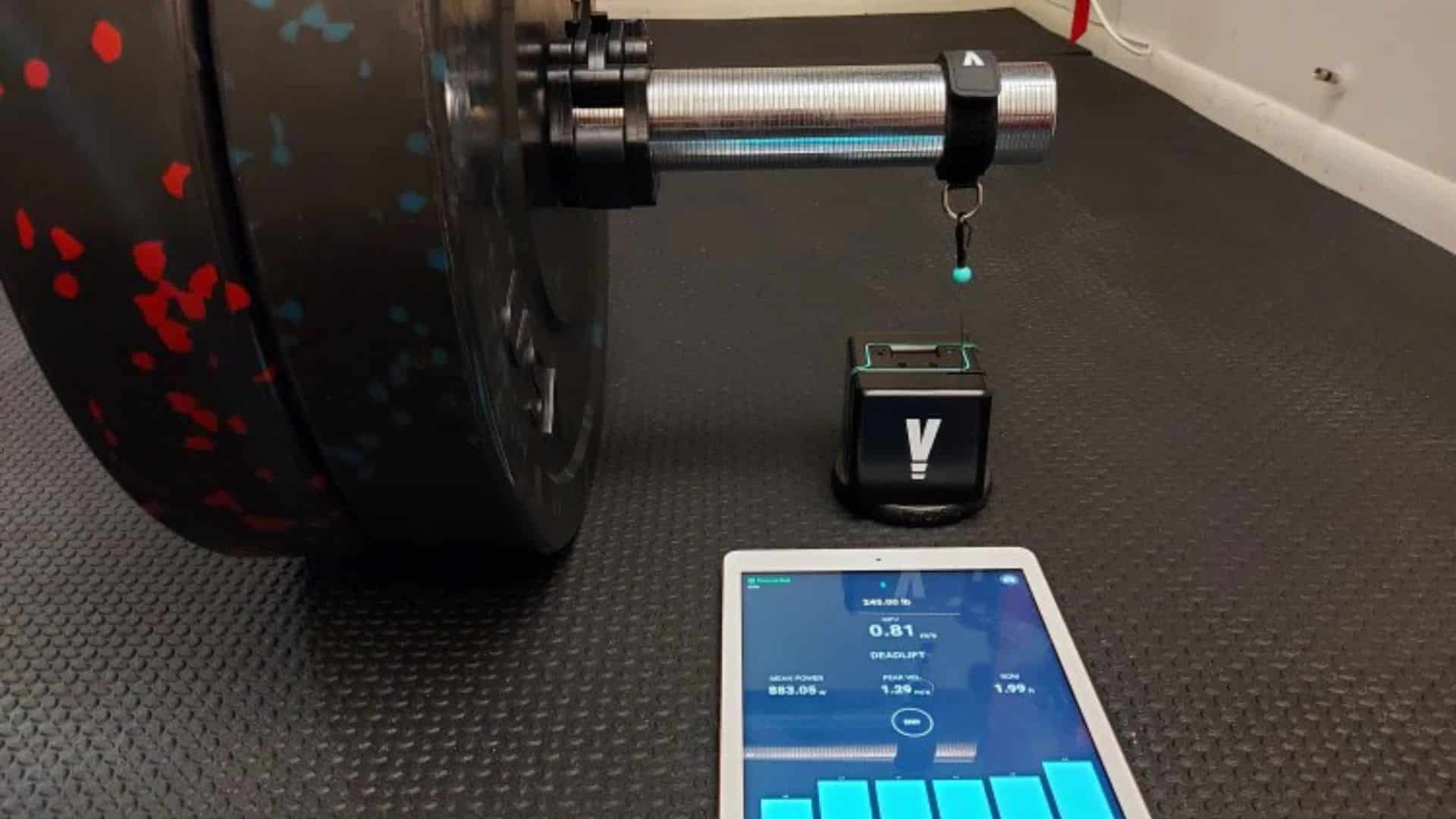22 de July de 2022
Conditioning Circuit for High Performance Athletes
What are conditioning circuits?

Circuit conditioning is a combination of several exercises performed with no rest in between, or as little rest as possible. The objective will be to complete the conditioning circuit as quickly as possible or complete the maximum number of repetitions in a given time.
Depending on the number of exercises and the complexity of the training circuit, we can perform several series of it or carry out several conditioning circuits in the same session. Most circuits are completed between one and three times, although these are general values that can be totally different.
The design of our conditioning circuit generally consists of between six and twelve exercises structured in a way that allows us to complete them with as little rest as possible. By eliminating rest periods, we obtain very dense training sessions, that is, with a large amount of work for each minute or hour of work.
The art of coaching is paramount when building the training circuit since there are many considerations to take into account: avoid focusing too much on the same muscle group so that local fatigue does not occur that prevents us from completing the circuit; mix exercises of higher intensity with others of lower intensity to be able to breathe while we continue executing the circuit; be careful with the introduction of very technical exercises that should be avoided with a lot of fatigue; and scale exercises and loads to make them accessible to different athletes.
Types of conditioning circuits

Depending on the number of weekly workouts, we can focus our circuits on strength, endurance or flexibility. The greater the number of weekly sessions we can carry out, the more we can focus our conditioning circuit on one quality or another. However, in times or situations of lower training load there is the possibility of mixing these physical qualities.
Scientific evidence increasingly shows more favorable results of training through conditioning circuits to improve aerobic performance and strength (Ramos-Campo, Caravaca, Martínez-Rodríguez, & Rubio-Arias, 2021). The highest gains are found in less trained people since they have a wider range of improvement and do not need very high intensities (Muñoz-Martínez, Rubio-Arias, Ramos-Campo, & Alcaraz, 2017).

Velocity Based Training 【 #1 VBT Guide in the World 】
Strength training
Depending on the exercises we select for our circuit, we can develop strength and even increase muscle mass. It is proven that volume is the main variable of muscle hypertrophy (Suchomel, Nimphius, Bellon, & Stone, 2018), so a circuit of several muscle groups performing a large number of repetitions close to muscle failure can achieve this goal. Muscular strength can also be increased, but we must be extremely careful with loads and exercises.
While circuit conditioning can be interesting for strength, it’s not the best option available for it. Traditional training with long rests and high loads will obtain greater gains than this type of circuit (Krzysztofik, Wilk, Wojdała, & Gołaś, 2019). However, that is not to say we should rule them out in some periods such as maintaining strength while losing body fat.
When designing it, it will be of vital importance to alternate between exercises with different requirements. One of the sequences favored by many trainers is to rotate an upper body pulling exercise, an upper body pushing exercise, a lower body exercise and a core exercise. With this sequence we can give each muscle group long rests before stimulating them again.
Aerobic training
Unlike strength training, aerobic training is less technically complex to design. That does not mean that it is easy, since there are also important things to take into account to optimize our conditioning circuit. Resistance can be trained at different intensities and with different exercises, which means that we can mix them all.
At the cardiovascular level, we find traditional machines such as bicycles or treadmills, which can be complemented with others such as rowing or skiing. It is also possible to insert accessories such as battle ropes or small round-trip circuits here. Low-load, high-rep strength exercises will also be an effective strategy to increase heart rate and focus on endurance over strength.
Flexibility exercises
Flexibility and joint mobility are the parts that we least like to train, but which are necessary for injury prevention and sports performance. One of the ways that athletes may like the most is to do conditioning circuits that contain flexibility exercises.
Many of the strength exercises will also indirectly improve the flexibility of our muscles due to the cycles of stretching and shortening. A deep squat, for example, is one of the ways to achieve greater joint mobility in the hip and thoracic spine. Therefore, we can introduce flexibility exercises within the circuit to work on said physical quality in a specific way or take advantage of strength exercises that will help us improve our flexibility indirectly.

Best Velocity Based Training Devices – Full Review 2025
3 Best Conditioning Circuits for Full-Body Strength Training

One of the biggest mistakes of conditioning circuits is that the result of said circuit is not measured in an ideal way. The performance measurement will favor better results in the medium and long term due to its comparison with previous sessions. Velocity-based strength training (VBT) allows us to train strength knowing at all times what our level of fatigue is and if we are closer or further from muscular failure.
To measure the speed of execution, we can make use of a device that informs us in real time of said variable. One option when using this device is to program our circuit individually, stopping the series at the moment the device registers a certain speed loss. In this way we can follow the guidelines of the conditioning circuit but adding quality to our training.
Conditioning Circuit 1
This circuit consists of performing different exercises with your own body at high repetitions. The goal is to complete 4 rounds of 50, 35, 20, 10 reps in the shortest time possible with no rest between sets of:
- Pull-ups / rowing on rings
- push-ups
- squats
- Wall spin ball throw
- Rowing on TRX
- alternate battle rope
- box jumps
- feet to the bar
Conditioning Circuit 2
A back-and-forth strength circuit. We perform several exercises that require displacement to the side and back to the starting place. The route will depend on our training space, but if possible, we will occupy a 40-meter path to go, and the same to return.
The weights will depend on the level of each athlete, allowing them to perform the few repetitions more than those pre-determined. We will do three rounds in the shortest possible time, resting three minutes between each round to face the next one with the maximum guarantees thanks to an almost complete rest.
- 40m walking strides
- 40m bear crawl
- 20 slam ball
- 40m horizontal jumps
- 40m hurdle steps with disc above the head
- 10 bar hang clean
- 10 barbell push presses
Conditioning Circuit 3
Complete as many rounds as you can (AMRAP) in 12 minutes of the following circuit with a heavy emphasis on core work:
- 9 one arm kettlebell snatch (unchanged)
- 9 ring bottoms
- 9 snatch with kettlebell with the other hand
- 40m rowing pulls with sled
- 9 kettlebell swing
- 40m sled push
- 18 landmine twist
Conclusions
Circuit conditioning is an engaging and effective way to improve strength, endurance, and flexibility. As the athletes have a higher sports performance, we will have to design the circuits in greater detail since the improvements in these athletes are less than in those more novice, both in strength and resistance training.
If you have any questions, don’t hesitate to ask! Leave a comment or contact us here.

1RM Calculator
References
- Krzysztofik, M., Wilk, M., Wojdała, G., & Gołaś, A. (2019). Maximizing Muscle Hypertrophy: A Systematic Review of Advanced Resistance Training Techniques and Methods. International Journal of Environmental Research and Public Health, 16(24). https://doi.org/10.3390/IJERPH16244897
- Muñoz-Martínez, F. A., Rubio-Arias, J., Ramos-Campo, D. J., & Alcaraz, P. E. (2017). Effectiveness of Resistance Circuit-Based Training for Maximum Oxygen Uptake and Upper-Body One-Repetition Maximum Improvements: A Systematic Review and Meta-Analysis. Sports Medicine, 47(12), 2553–2568. https://doi.org/10.1007/S40279-017-0773-4/FIGURES/5
- Ramos-Campo, D. J., Caravaca, L. A., Martínez-Rodríguez, A., & Rubio-Arias, J. Á. (2021). Effects of resistance circuit-based training on body composition, strength and cardiorespiratory fitness: A systematic review and meta-analysis. Biology, 10(5). https://doi.org/10.3390/BIOLOGY10050377/S1
- Suchomel, T. J., Nimphius, S., Bellon, C. R., & Stone, M. H. (2018). The Importance of Muscular Strength: Training Considerations. Sports Medicine (Auckland, N.Z.), 48(4), 765–785. https://doi.org/10.1007/S40279-018-0862-Z

